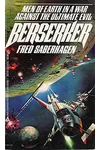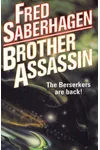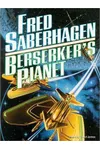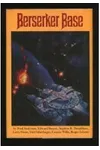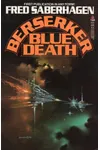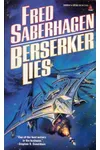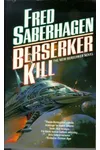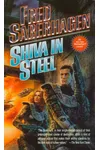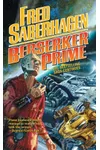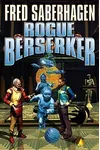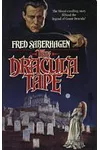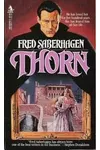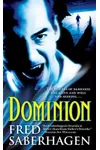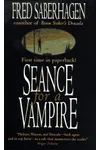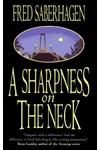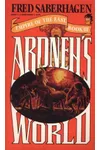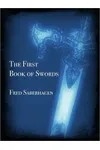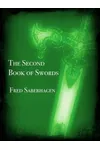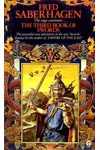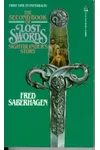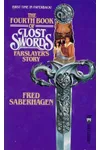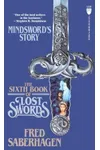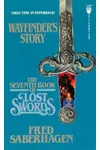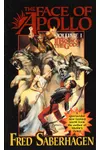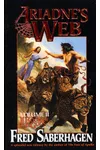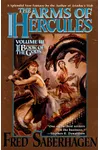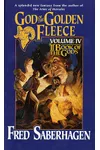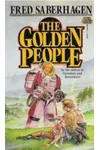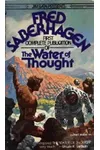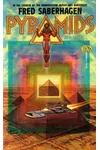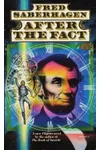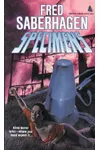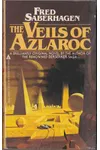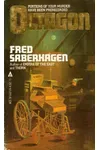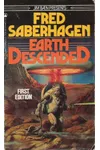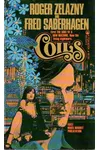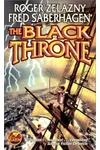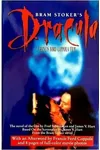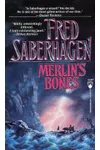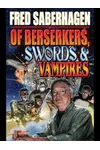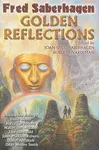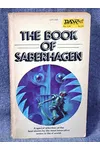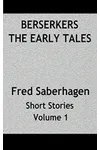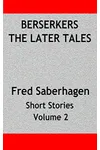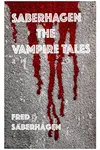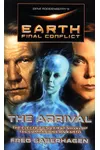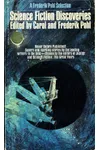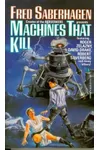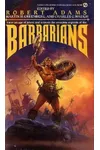Picture a Chicago-born storyteller who pitted humanity against killer robots and reimagined Dracula as a misunderstood hero—meet Fred Saberhagen! This visionary American author, born in 1930, wove science fiction and fantasy into over 60 novels, blending sharp intellect with wild imagination. From his iconic Berserker series to his genre-bending Dracula tales, Saberhagen’s stories still captivate readers with their thrilling stakes and moral depth.
Before he was a literary star, Saberhagen was a man of many trades—Air Force serviceman, electronics technician, and even an Encyclopaedia Britannica editor. His unique path shaped a career that redefined speculative fiction, leaving a legacy that’s as enduring as his self-replicating war machines.
The Making of Fred Saberhagen
Born on May 18, 1930, in Chicago, Illinois, Fred Thomas Saberhagen grew up with a curiosity that fueled his later works. After serving in the U.S. Air Force during the Korean War, he worked as an electronics technician at Motorola, tinkering with circuits by day and stories by night. It was in his thirties that Saberhagen began writing seriously, selling his first short story, 'Volume PAA-PYX,' to Galaxy Magazine in 1961. His technical background and love for science fiction sparked a creative fire, leading to his first novel, The Golden People, in 1964.
From 1967 to 1973, Saberhagen edited chemistry articles for Encyclopaedia Britannica, even penning its science fiction entry. This blend of precision and imagination defined his early career, setting the stage for his leap to full-time writing after moving to Albuquerque, New Mexico, in 1975.
Fred Saberhagen’s Unforgettable Stories
Saberhagen’s Berserker series, launched with a 1963 short story, 'Fortress Ship,' is his crowning achievement. These chilling tales pit humanity against massive, self-replicating war machines programmed to destroy all life—a concept so gripping it inspired works like Star Trek’s 'The Doomsday Machine.' The series, spanning 16 books, explores humanity’s resilience and ingenuity, with standout titles like Berserker Man (1979) and Berserker Fury (1997).
Not one to be boxed in, Saberhagen reimagined Dracula in The Dracula Tape (1975), retelling Bram Stoker’s classic from the vampire’s perspective. This series, spanning 10 novels, casts Dracula as Vlad Tepes, a morally complex figure who chooses between good and evil. Books like The Holmes-Dracula File (1978) blend Sherlock Holmes into the mix, showcasing Saberhagen’s knack for genre mashups. His Empire of the East trilogy and Books of Swords series dive into post-apocalyptic fantasy, weaving myth and magic with titles like The First Book of Swords (1983).
Saberhagen’s style—accessible yet profound—balanced thrilling plots with philosophical questions. Whether exploring AI’s dangers or vampire ethics, his stories invited readers to ponder humanity’s place in the cosmos, all while keeping them on the edge of their seats.
Why Fred Saberhagen Matters
Saberhagen’s influence on science fiction and fantasy is undeniable. His Berserkers became a genre icon, shaping narratives about AI and existential threats in works from Mass Effect to modern sci-fi. His revisionist Dracula tales paved the way for sympathetic vampire stories, predating Anne Rice’s Interview with the Vampire. By blending genres and challenging tropes, Saberhagen inspired writers to think beyond conventions.
His legacy lives on through fans and archives, like those at Northern Illinois University, preserving his papers. Saberhagen’s ability to craft timeless stories from a technician’s precision and a dreamer’s heart ensures his place in speculative fiction’s pantheon.
About Fred Saberhagen
- Born: May 18, 1930, Chicago, Illinois
- Died: June 29, 2007, Albuquerque, New Mexico
- Key Works: Berserker, The Dracula Tape, Empire of the East
- Spouse: Joan Spicci, married in 1968
Ready to explore cosmic battles or a vampire’s redemption? Snag Berserker or The Dracula Tape and dive into Fred Saberhagen’s thrilling worlds!
